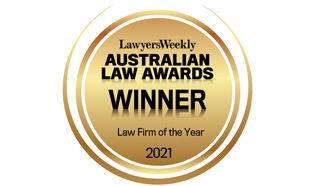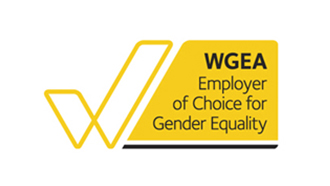- within Consumer Protection topic(s)
- in Middle East
- with readers working within the Banking & Credit industries
- within Consumer Protection topic(s)
- with Finance and Tax Executives and Inhouse Counsel
- in Middle East
- in Middle East
- in Middle East
- with readers working within the Media & Information industries
The Australian Government intends to introduce a sustainable investment product labelling regime (Labelling Framework) and released a consultation paper (Initial Consultation) in July detailing its plans.
Feedback received in response to the Initial Consultation will inform the government's design and development of the Labelling Framework, the aim of which is to introduce consistent rules for the use of sustainability terms to reduce investor uncertainty and increase the confidence of product issuers in making claims in relation to sustainability.
The Labelling Framework is Priority 4 under Pillar 1 of the Australian government's Sustainable Finance Roadmap – which relates to improving transparency on climate and sustainability.
In this Insight, we summarise the key features of the Labelling Framework as proposed in the Initial Consultation, explain the scope of the Initial Consultation, and outline the next steps in the Labelling Framework's development.
Objective
The objective of the proposed Labelling Framework is to ensure that sustainability-related investment products are labelled and marketed in a way that is clear, accurate and not misleading. The Initial Consultation states that this will support informed investment decision-making and reduce the risk of greenwashing and "greenhushing" (where product issuers downplay or omit to disclose sustainable practices including to avoid potential liability for misleading or deceptive sustainability claims).
The development of the Labelling Framework is intended to improve regulatory clarity over financial products which are marketed as 'sustainable' or similar (including for managed funds and within the superannuation system), facilitate comparison of different financial products, and in turn increase investment appetite overall. Treasury states that "The objective of sustainable product labelling is to ensure that investors have confidence in the sustainability claims made by product issuers, and to ensure that investors can confidently compare different products making sustainability claims"1.
Key issues for consultation
Stakeholders were asked for feedback on a range of key design elements of the proposed Labelling Framework, including three potential regulatory approaches to designing the Labelling Framework:
- a 'prescriptive (rules-based) approach' – to
design a detailed, technical framework that sets out clear
eligibility criteria, thresholds and disclosure requirements for
products to qualify for sustainability labels;
- a 'principles-based approach' – to design a high
level, outcomes-focused framework that sets general principles or
expectations for sustainability labels, leaving discretion to
issuers to determine how they meet those principles; and
- a 'hybrid' model combining elements from the prescriptive and principles-based approaches – i.e. using standardised label categories and baseline criteria, whilst allowing flexibility within those labels for diverse strategies and disclosures.
The potential regulatory and design approaches which were proposed in the Initial Consultation have different implications in respect of flexibility, certainty for product issuers and regulatory burden for organisations and product issuers.
Submissions were sought in respect of thirteen consolidated questions which were aimed at ensuring that the labelling regime is effective, credible and proportionate to market realities within the Australian context. At a high level, the questions fall under the following five headings:
- Policy problem – what is the role for
sustainable financial product labels, and should they apply to all
financial products which make sustainability claims?
- International context – what aspects of
international regimes should the government consider for Australian
application, and is international operability important?
- Investment approaches – should
investment approaches be prescribed in legislation or left for
industry to define, what approaches would be appropriate to
prescribe, and which approach can best improve the confidence of
Australian investors?
- Triggering the requirement – what should
determine when product labels apply to a financial product and
which approach would best address issues of greenwashing and/or
greenhushing?
- Evidence base – what should the evidentiary requirements underpinning labelling be, and what should be the role of independent third-party certification?
Labelling Framework – next steps
Submissions to the Initial Consultation will assist and inform the government's detailed design proposal for the Labelling Framework, which will be subject to future consultation, currently targeted for late 2025. The target date for implementing a Labelling Framework is 2027, subject to final policy decisions.
The government has signalled that it intends to run further rounds of consultation in relation to the Labelling Framework. Accordingly, we recommend assessing how the competing regulatory models may affect the flexibility of product suites, the certainty with which those products can be marketed and the related compliance burden. If you would like more information or assistance, please don't hesitate to contact us.
Footnote
1 The Commonwealth of Australia, 'Sustainable Investment Product Labels' (Consultation Paper, July 2025). (https://consult.treasury.gov.au/c2025-629687)
The content of this article is intended to provide a general guide to the subject matter. Specialist advice should be sought about your specific circumstances.
 |
 |
| Lawyers Weekly Law firm of the year
2021 |
Employer of Choice for Gender Equality
(WGEA) |




